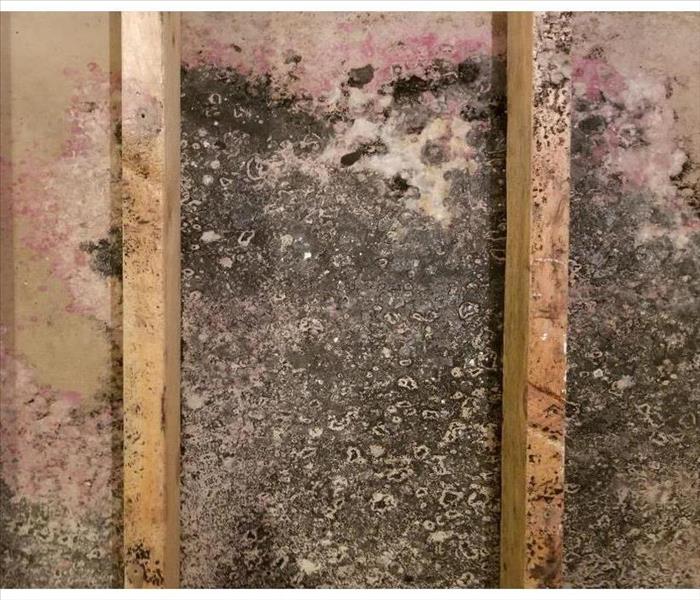Five Areas That Mold Can Be Found in Your Building
5/3/2022 (Permalink)
If your commercial building has experienced widespread damage due to a flood, it can be near impossible for you to track down all the areas that have been saturated with water. If water damaged areas are not addressed in a timely manner, mold growth can take over your building. To keep the situation from growing out of control, it is essential you get help from an emergency restoration specialist to remove standing water and stop mold in its tracks. Here are five common areas that mold can be found in your building after a flood.
- Flooring Materials
While wet flooring is a common place where mold can be found, it is often hiding below the surface where you can’t see it. Often, soaked porous materials, such as carpeting and certain types of hardwood floors, need to be discarded.
- Appliances
Mold and other bacteria may start to develop in the refrigerator after a flood, especially if the power went out for an extended period. Growth can also occur in ovens, dishwashers, and washing machines if the insulation gets wet.
- HVAC Systems
Mold growth in your HVAC system is particularly problematic. Don’t turn on your system until all mold is removal to keep it from spreading to other areas of the building.
- Walls
Water can saturate drywall and plaster, making its way deep into your building’s structure. Removal of affected walls is typically necessary to find and remove any mold.
- Furniture and Other Personal Contents
Furniture, office equipment, and personal belongings left in the building at the time of a flood can be a suitable surface for mold to grow on. A content cleaning specialist can be helpful for restoring any salvageable items.
What may start out as a small amount of fungus can spread quickly, thriving in areas that contain standing water and excess humidity. A restoration specialist can target mold growth in these areas and get your building back to its pre-flood condition.





 24/7 Emergency Service
24/7 Emergency Service
